An expert’s guide to hiking safety
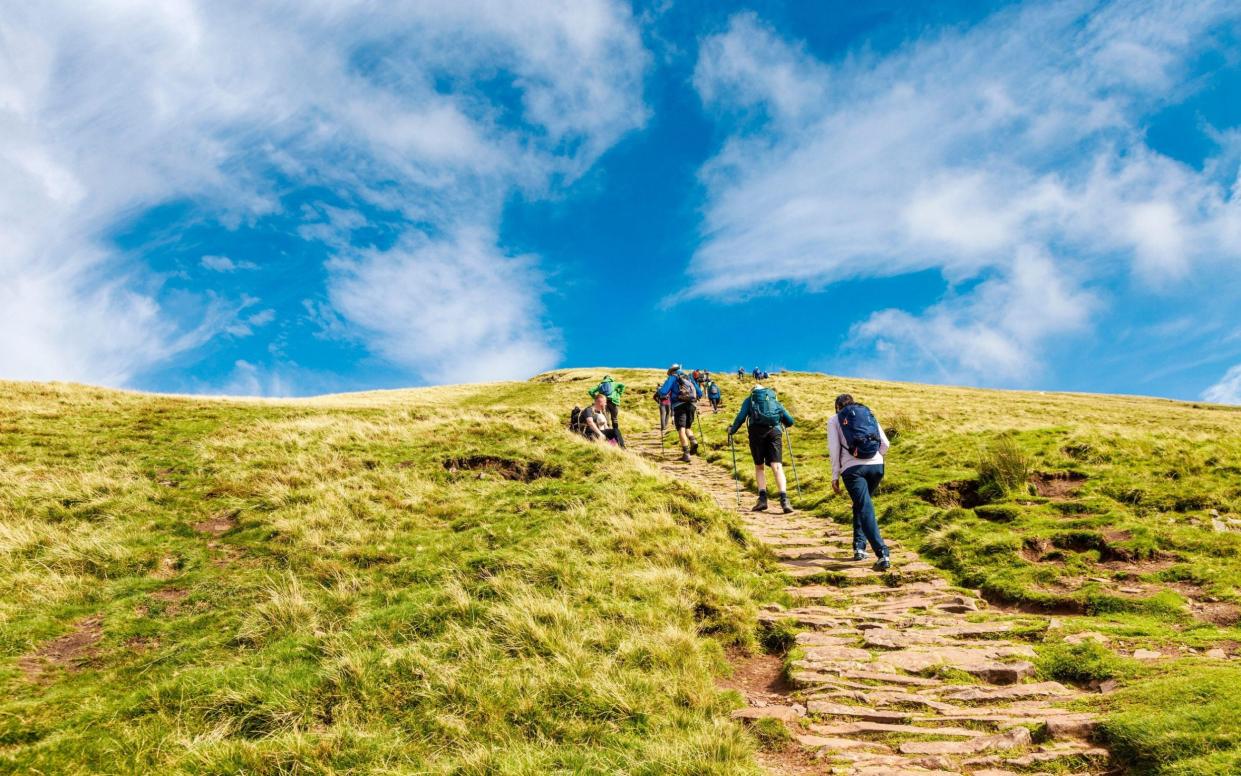
More Britons are donning walking boots and taking to the trail than ever before – and little wonder considering the many health benefits walking offers for both body and mind. When coupled with the sights and sounds of nature, hiking decreases stress and boosts both mental and physical health. And, once you’ve invested in a pair of decent walking boots, plus a waterproof coat, walking is essentially free, too.
With summer holidays looming, UK national parks will be busier than ever – with the Lake District, Peak District, Yorkshire Dales and Snowdonia the most popular walking destinations in summer 2023, according to Ordnance Survey. And lots of walkers are heading abroad, too, choosing the Alps, Pyrenees and beyond for their summer holidays, as ski resorts capitalise on the popularity of hiking and expand their walking-trail offerings.
But with UK mountain rescue teams busier than ever, it’s worth knowing how to prepare for a hike and what to do if things go wrong.
Ben Dyson is a mountain guide and team leader for Assynt Mountain Rescue in Scotland, the most northerly mountain rescue team in the UK. He says: “Prepare for the what-ifs. Plan before you leave, from plotting the route to checking the weather, taking the right kit and getting your phone organised.”
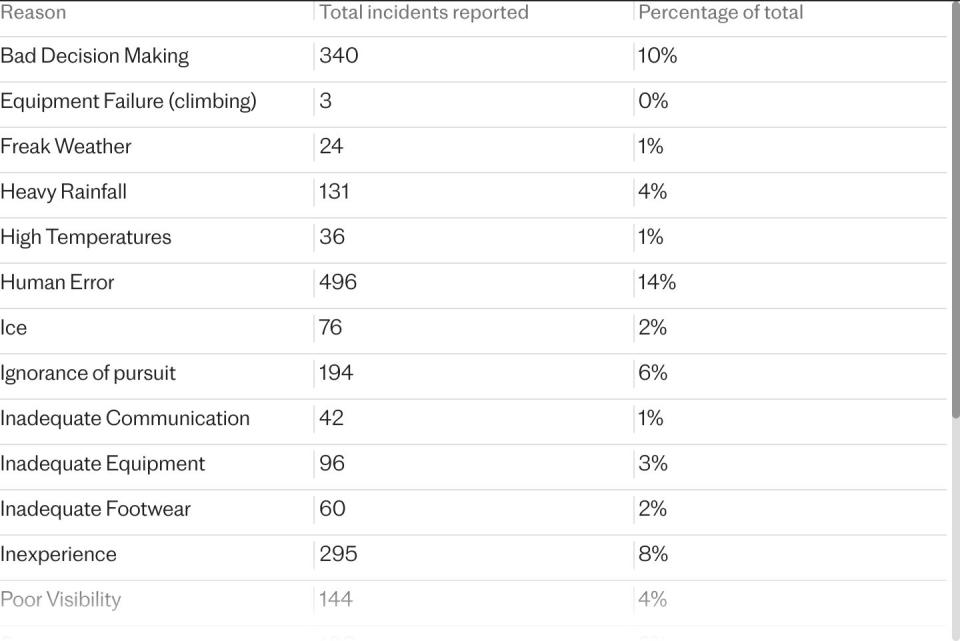
Nick Parks, a UK mountain guide now based in Switzerland, adds: “Nobody is expecting a full-blown risk assessment, but accidents can happen at any point, especially if you are complacent. It’s useful to think about what can go wrong, to have a plan B and never be afraid to turn around.”
8 top tips for staying safe while hiking
1. Prep your phone
Charge your phone before you leave, and consider taking a spare battery pack. Register with the 999 emergency SMS service, which allows you to text 999 when the signal is too poor to connect a call. It also allows your phone to use all available mobile networks if you need to dial 999. Turning off Wi-Fi and Bluetooth and closing unnecessary apps helps preserve battery power, too.
“We all love to leave our phones behind and fully connect in the moment, but you can leave it switched off in the bottom of your bag, in case of an emergency,” says Nick.
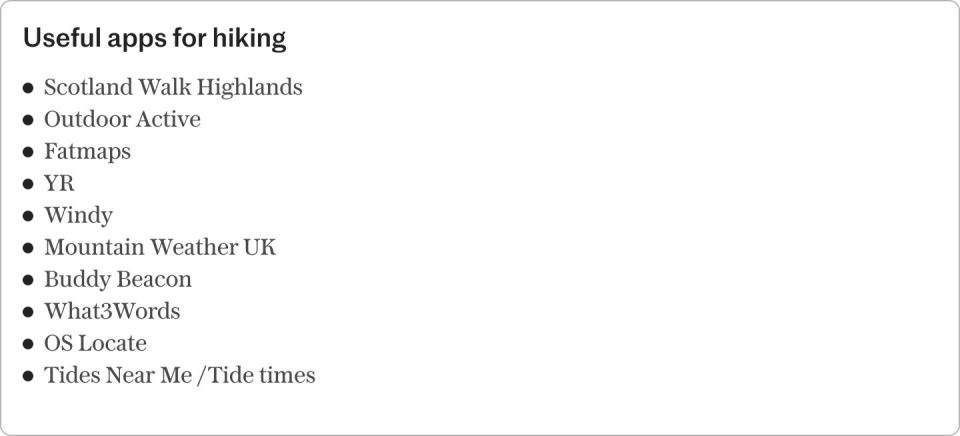
2. Research the route
Whether you’re planning a few miles through unfamiliar countryside, a walk along the South West Coast Path or a strenuous hike in the Scottish Highlands, research your route before you go.
“Make sure you have the skills and experience for what you want to attempt, know your limitations and have a back-up plan,” says Dyson. “A good hiking app is Outdoor Active, which rescue teams use a lot, but you also need to be able to fall back on good old-fashioned paper maps and compass in case you are unable to use your phone or become disorientated when the visibility drops.”
3. Check the weather
Have a proper check of the weather before you go and keep an eye on it while you’re out – including the tides, if you’re walking near the coast.
“It’s especially important to look at wind speed,” says Ben. “If it is gusting over 40mph it will be unpleasant and difficult to stand up.” Watch for signs of heat stroke or hypothermia.
Hot and cold temperatures are a risk, especially if your chosen hiking route is exposed without shade or shelter. Children and older people are especially susceptible to temperature variations.
Parks has been responsible for the safety of film crews on location around the world and says: “It is crucial to recognise early signs of when you’re getting too hot or too cold before you reach the point that, cognitively, it becomes more difficult to do anything about it.”
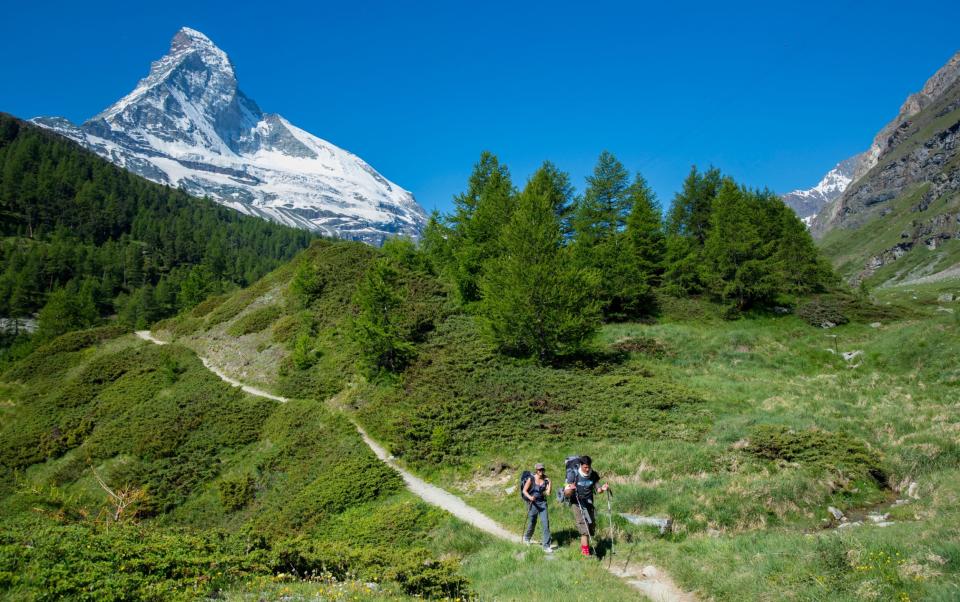
4. Pack food and drink
Staying hydrated and eating well before and during a hike is important, too, to keep your energy levels up so you can get the most out of your day. Recognise the symptoms of hypoglycemia (hunger, fatigue, shakiness and even anxiety) and carry food that gives quick access to sugar. “Jelly babies are a team favourite,” says Dyson. “And always carry water. It’s easy to become dehydrated even in cool weather.”
5. Wear decent footwear and waterproofs
Good, sturdy footwear that is waterproof and with treaded soles designed for hiking is essential. Gym trainers with soft soles will not offer support in rougher terrain and may cause undue strain on joints. Even if the sun is shining when you set out, take a waterproof layer, as well as hats and gloves.
“It can be sunny in the car park but snowing at 3,000ft, especially in Scotland,” warns Dyson. “So take spare layers, rather than bulky jumpers.”
6. Take a whistle, torch and first-aid kit
Both of the former can be used to signal for help – six long blasts a minute on a whistle is the signal. If your hike is more adventurous, an emergency shelter is a useful addition to a rucksack, too.
“Having some first-aid knowledge and carrying a simple first-aid kit is invaluable,” says Parks.
7. Tell someone where you are going
“Tell someone exactly where you’re going, when you will return, and check in regularly,” says Dyson. “When I’m out, I periodically send my wife a screenshot of the GPS mapping on my phone screen, which gives her a time stamp of where I am. Even taking photos will help.”
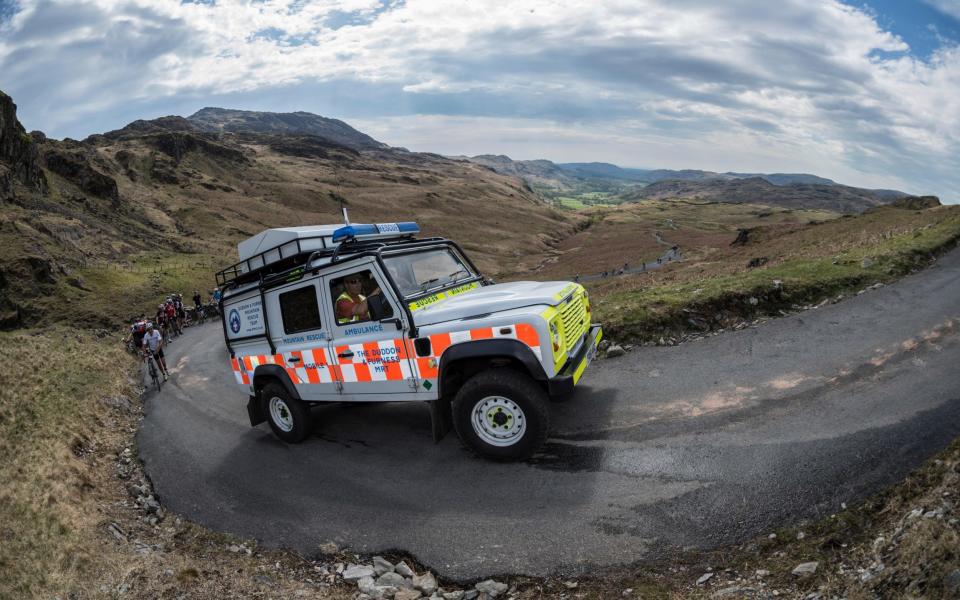
8. Ask for help early
Above all, Parks and Dyson both urge hikers not to be afraid to turn around or make a call for help before a situation becomes critical.
“Mountain Rescue teams are often told people were frightened to be told off for time wasting,” says Dyson, “but I’d much rather have a conversation with someone who thinks they are getting lost than summon my team. I can send a text to someone’s phone and if they respond it will tell me where they are so I can track them without even putting on my boots.
“Whether you’re lost or someone you are waiting for hasn’t arrived – call it in early.”
Emergency contacts
UK emergencies
Dial 101 if you’re starting to foresee signs of a problem – you’re getting lost or need advice – or 999 in an emergency. Ask for “police” then “mountain rescue” rather than “ambulance”.
Emergencies abroad
The EU emergency number is 112, and in the US, dial 911. In Australia, dial 000 and in New Zealand, 111.

